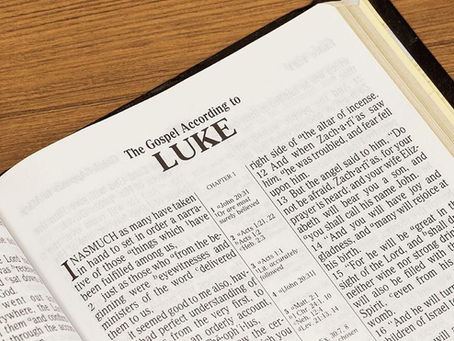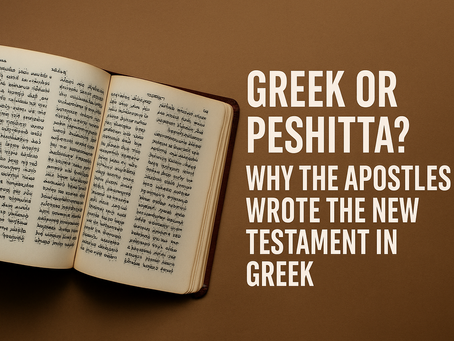top of page


Book of 1 Corinthians Summary: The Gospel in a Divided Church
Book of 1 Corinthians Summary: The Gospel in a Divided Church. 1 Corinthians is a letter from Paul to the church in Corinth, a wealthy, diverse, and notoriously immoral port city. The church reflected its culture: divided, proud, morally compromised, and confused about spiritual gifts, worship, and resurrection. Paul’s letter confronts sin, corrects errors, and calls the church to unity under Christ.
5 min read


Book of Romans Summary: The Gospel of God’s Righteousness
Book of Romans Summary: The Gospel of God’s Righteousness. Paul’s letter to the Romans is his most thorough explanation of the gospel. Written to a church he had not yet visited, Romans lays out the righteousness of God revealed in Jesus Christ — available to Jew and Gentile alike through faith. Romans is both theological and practical: it begins with the universal problem of sin, moves to justification by faith, and ends with how believers should live together in unity and m
5 min read


Book of Acts Summary: The Gospel in Motion
Book of Acts Summary: The Gospel in Motion. The Book of Acts is the sequel to Luke’s Gospel, written by the same author and addressed again to Theophilus. If the Gospels record what Jesus began to do and teach, Acts shows what He continues to do through His Spirit-empowered church. It is the story of the gospel moving from Jerusalem to the ends of the earth, carried by apostles, martyrs, and missionaries.
4 min read


Book of John Summary: The Gospel of the Word Made Flesh
Book of John Summary: The Gospel of the Word Made Flesh. John’s Gospel emphasizes Jesus’ divinity, the “I AM” sayings, and signs that reveal His glory. While Matthew highlights fulfillment, Mark urgency, and Luke universality, John gives us the Word made flesh — eternal God dwelling among us.
5 min read


Book of Luke Summary: The Gospel of the Savior for All
Book of Luke Summary: The Gospel of the Savior for All. The Gospel of Luke is the longest book in the New Testament and the first volume of a two-part work (Luke–Acts). Together they trace the story of Jesus and the early church, showing that the good news is not just for Israel but for all nations. Luke’s Gospel is rich with detail: orderly, historical, and compassionate. It highlights Jesus’ concern for the poor, women, Gentiles, and outsiders. If Matthew presents Jesus as
5 min read


Book of Mark Summary: The Gospel of Urgency
Book of Mark Summary: The Gospel of Urgency. The Gospels together form four complementary portraits of Jesus. Where Matthew emphasizes fulfillment of the Old Testament, Mark’s Gospel hits like a fast-paced documentary. Written with urgency, it uses the word “immediately” over 40 times. It’s the shortest Gospel, stripped of long teaching blocks and packed with action — healings, exorcisms, and conflict.
5 min read


Book of Matthew Summary: The Gospel of the Kingdom
Book of Matthew Summary: The Gospel of the Kingdom. Matthew’s Gospel is distinct in its focus on Jesus as the Messiah who fulfills the Old Testament. Writing to a Jewish audience, Matthew shows again and again that what Jesus said and did was “to fulfill what was spoken by the prophets.” He emphasizes Jesus as King, Teacher, and the embodiment of the Kingdom of Heaven.
6 min read


Greek or Peshitta? Why the Apostles Wrote the New Testament in Greek
Greek or Peshitta? Why the Apostles Wrote the New Testament in Greek. Some modern movements—especially Sacred Name groups—claim that the New Testament was not written in Greek, but in Aramaic (specifically the Peshitta). They argue that the Greek text is a corruption, and only the Peshitta preserves the “true” words of Jesus and the Apostles.
4 min read
bottom of page